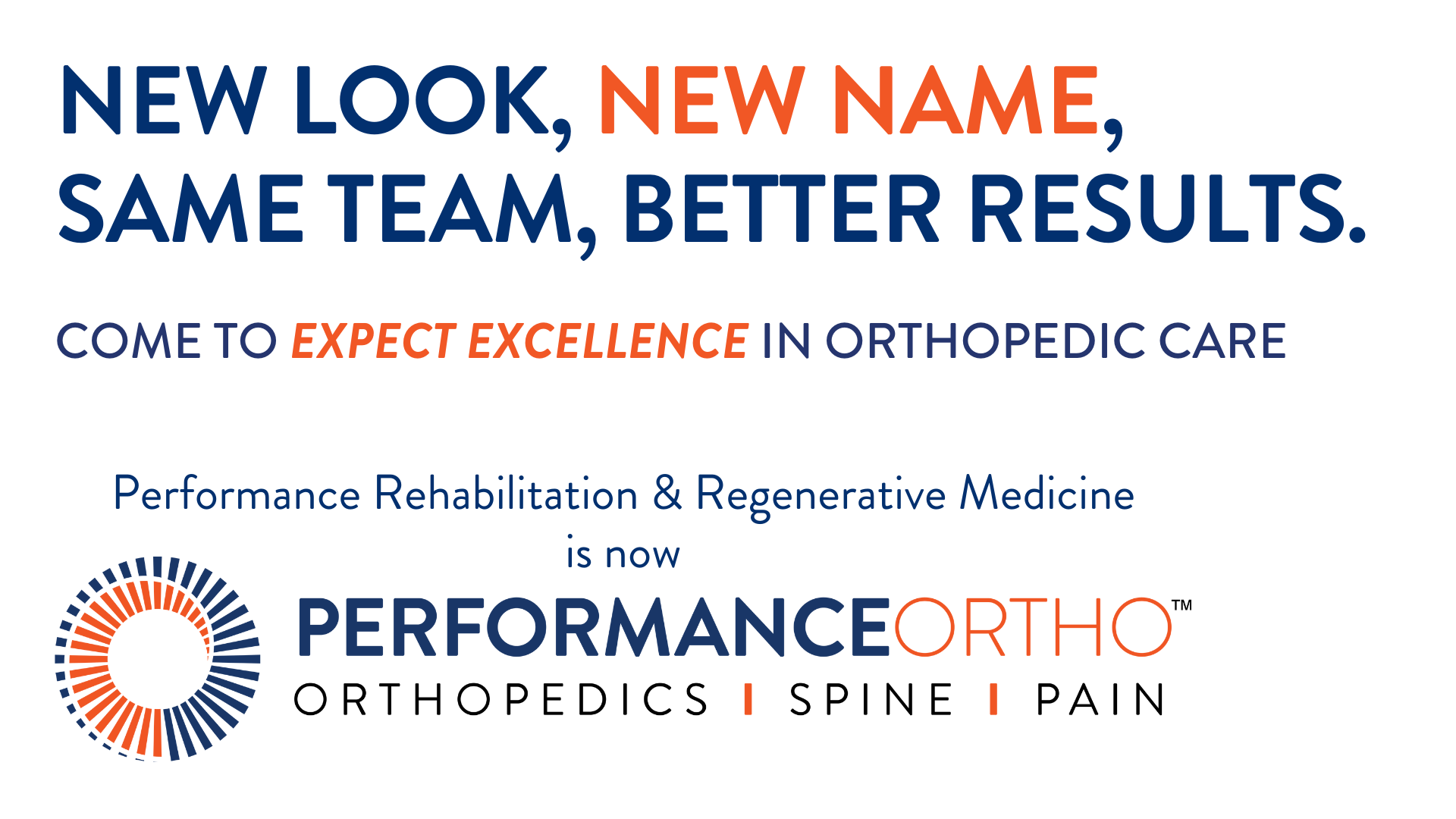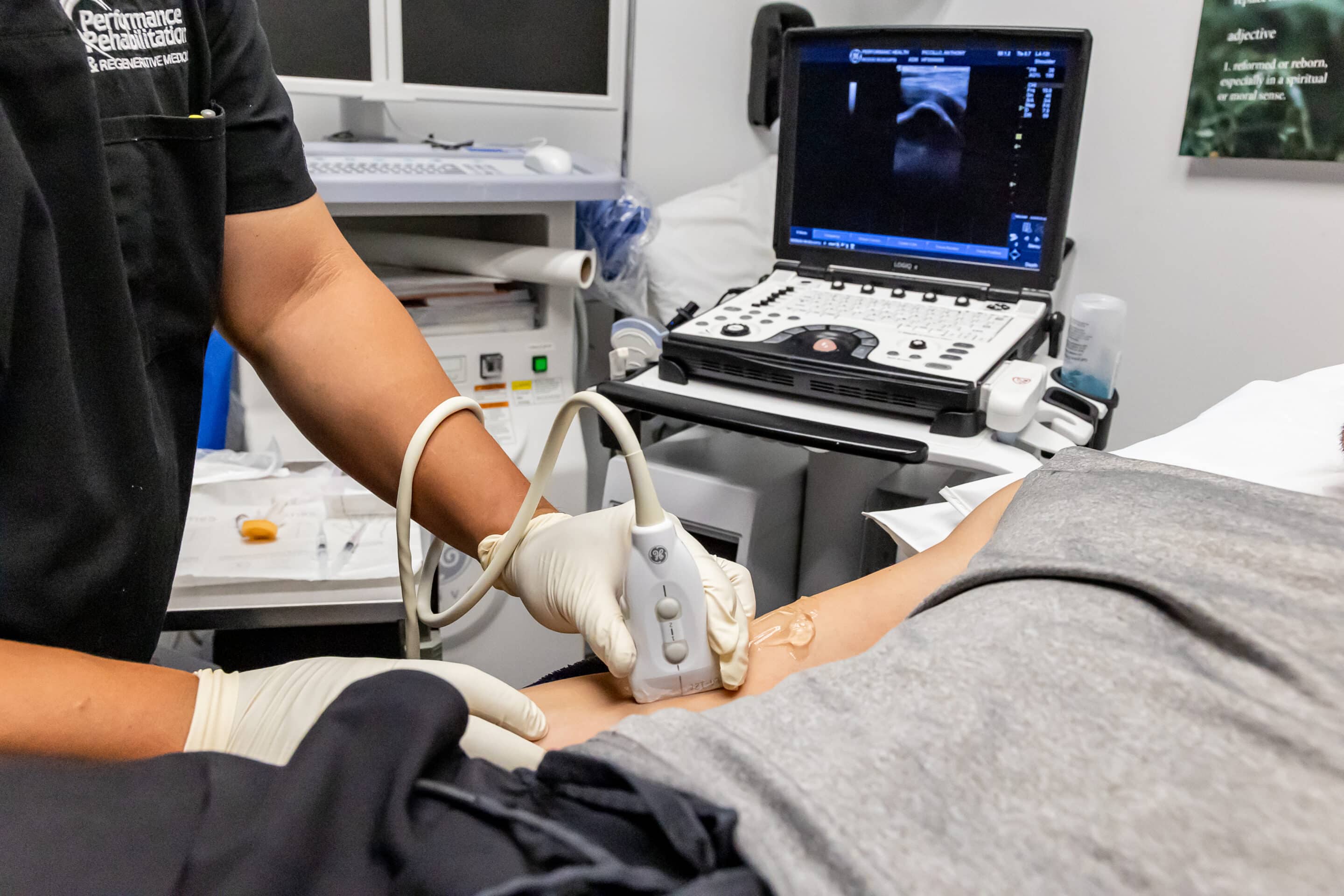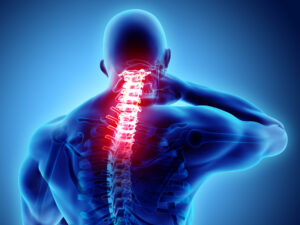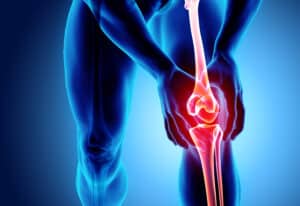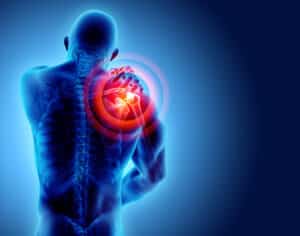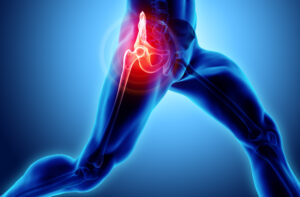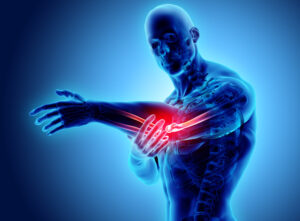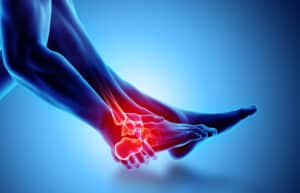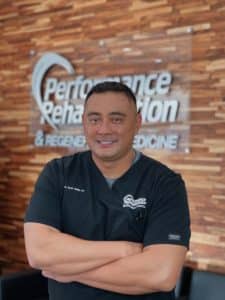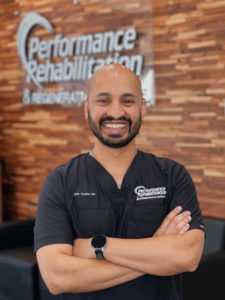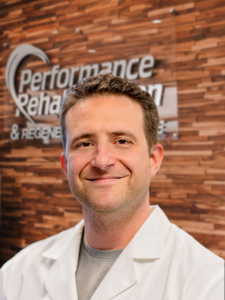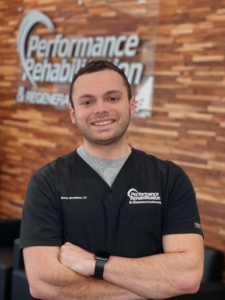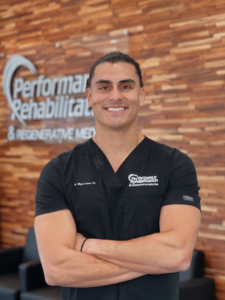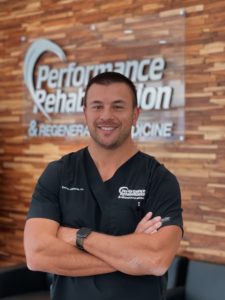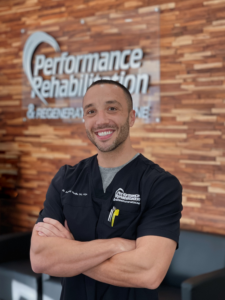Find Relief With The Top Shoulder Pain Doctors in New Jersey
The shoulder pain specialists at Performance Ortho are recognized leaders in the diagnosis and non-surgical treatment of shoulder injuries and conditions.
The shoulder is one of the most complex and mobile joints in the body, capable of dozens of different dynamic movements, which are all necessary to orchestrate even the most basic activities. It is not a surprise that with all of this movement and complex anatomy, shoulder injuries are one of the most common conditions treated at Performance Ortho.

Common Types of Shoulder Injuries
- Rotator Cuff Tendonitis
- Rotator Cuff Tear
- Shoulder Bursitis
- Shoulder Impingement Syndrome
- Bone Spur
- Frozen Shoulder
- Labral Tear
- Osteoarthritis of the Shoulder
- Bicep Tendonitis
The most common injury to the shoulder involves the rotator cuff muscles and surrounding structures. The rotator cuff is a group of four muscles that surround the shoulder, which synergistically work to stabilize and move the arm. Contiguous with each rotator cuff muscle, is a tendon that connects to the humerus (upper arm bone) and is an insertion point for movement. The tendon has poor blood supply, so when it is injured, healing is often slow and incomplete. Unfortunately, the rotator cuff muscles do not work alone, they are part of a larger functional movement system including the cervical and thoracic spine, pectoralis and bicep muscles and the elbow joint, to name a few. This is why it is not uncommon for prolonged untreated shoulder conditions to present with secondary complaints to the regions mentioned above.
Rotator cuff tendonitis is an acute inflammation of the tendon from irritation or overuse of the region. If the condition persists for more than 3 months it is usually considered chronic and is referred to as a tendinosis.
Is an injury to one of the four rotator cuff tendons, that commonly begins with fraying of the tendon and may advance to a tear. There are two types of tears:
Partial Tear: These are very common and may or may not be painful. The tear does not project through the entire tendon. This condition usually responds well to non-surgical intervention
Full-Thickness Tear: Commonly referred to as complete tear. The tear projects through the entire tendon tissue. Surgery is usually considered, however many factors are taken into account like function, strength, and shoulder motion, as well as patient’s activity level. A trial of non-surgical intervention is usually recommended prior to surgery.
Rotator cuff tendonitis is an acute inflammation of the tendon from irritation or overuse of the region. If the condition persists for more than 3 months it is usually considered chronic and is referred to as tendinosis.
The human body has dozens of small fluid-filled structures called bursa, which are in close contact with muscles ligaments and tendons. Their primary function is to aid in smooth natural movements. A bursitis is an inflammation of the bursa resulting from overuse of the surrounding muscles, tendons or ligaments. This condition is usually very painful and can restrict normal joint function.
Shoulder impingement syndrome is also called swimmer’s shoulder or thrower’s shoulder. Is a very common injury to the shoulder and may occur with or without tendonitis/bursitis. With this condition, the rotator cuff tendon is irritated as it passes through the subacromial space. It is more common in the active, aging population and presents as difficulty, weakness and pain with overhead activities and reaching behind the back.
A common source of shoulder pain in patients over 40-years of age is the presence of a bone spur in the subacromial space (a small space formed between the upper arm bone and the top of the shoulder blade). This condition is often associated with shoulder impingement syndrome, rotator cuff tear and tendonitis. The spur will commonly cause irritation to the rotator cuff tendon, which results in pain and limited function.
Frozen shoulder is a very common condition causing shoulder pain and limited motion of the shoulder in the 40-60-year-old age group. It is believed that the condition is caused by an inflammatory reaction to the joint capsule (ligaments that surround the shoulder joint) and the resultant adhesions or scar tissue, which prevent normal movement. The condition is commonly brought on by the limited motion of the upper extremity after injury or surgery.
The shoulder is considered a ball and socket joint. The labrum is a ring of cartilidge that surrounds the socket. The labrum is commonly injured as the result of trauma, such as falling on an out stretched arm or due to repetitive injury commonly associated with sports like baseball or weight training. Patients with labrum injuries usually complain of deep shoulder pain with weakness and instability, sharp pain with a “catching” feeling with “cracking” or” popping.”
The shoulder joint consists of two separate joints that are susceptible to osteoarthritis or otherwise known as “wear-and-tear” of the cartilage that covers the joint. These conditions generally occur in patients over 50 years of age and typically have a history of trauma or injury to the shoulder. The patient will commonly complain of limited and painful movements that are typically worse while sleeping.
This condition will often present with pain and weakness in the front of the shoulder. Bicep tendonitis is usually associated with other shoulder conditions like rotator cuff tendonitis/tear or shoulder instability. Sports that require repetitive overhead activates such as swimming, baseball, and tennis will predispose you to bicep tendonitis.
Dr. Joseph Bellapianta, MD
Orthopedic Surgeon
Dr. Anthony Piccillo, DC
Primary Spine Physician
Dr. Brendt Mendelblatt, DC
Chiropractic Physician
Dr. Joseph Mejia, DO
Pain Management Physician
Dr. Miguel Perez, DC
Chiropractic Physician
Dr. Kevin Tabije, DO
Pain Management Physician
Dr. Thomas Chiappetta, DC
Chiropractic Physician
Dr. Chris Thomas, MD
Pain Management Physician

